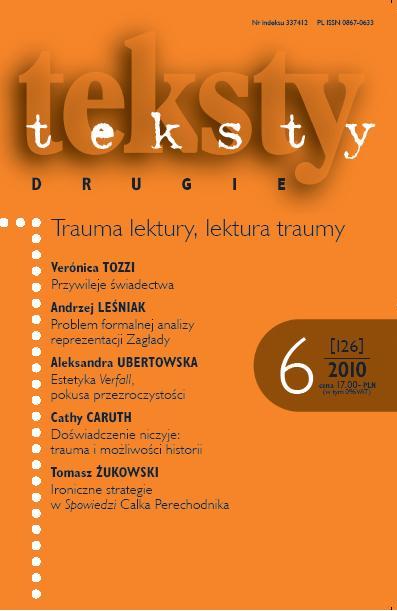

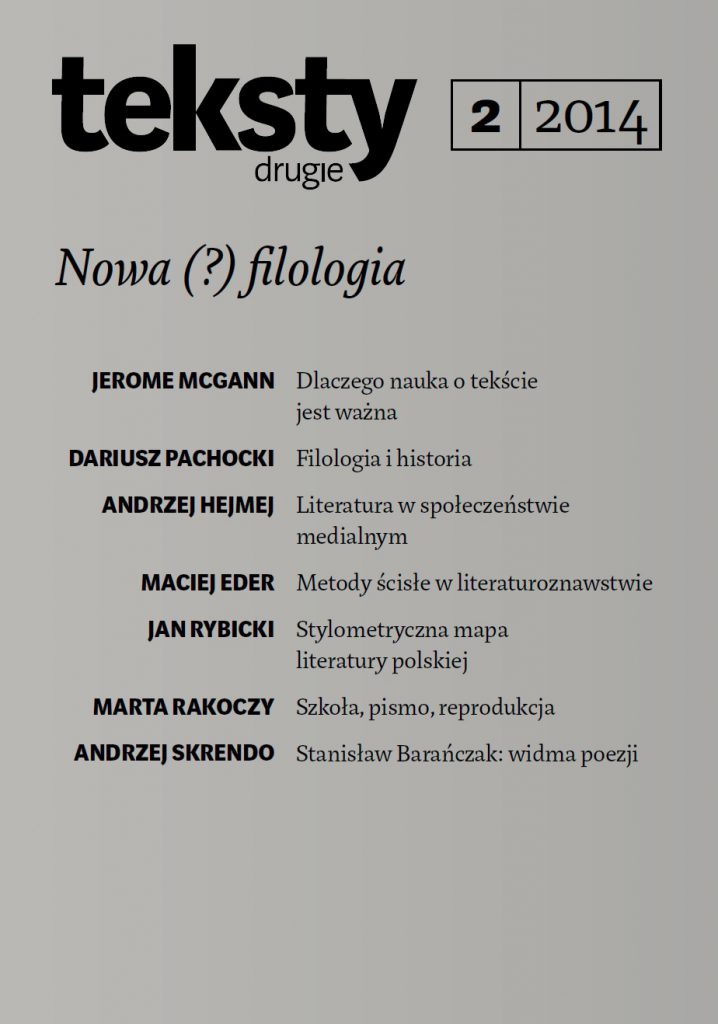
The article provides a short survey of Russian and English texts which tend to sketch a new understanding of philology as a humanities’ discipline. In the 19th century it was divided into several branches and in mid-20th century was considered by many scholars in literary studies as an ancient discipline. In the second half of 20th and the beginning of 21st centuries one encounters repeated calls for the “return to philology” as a research position which by combining various methodological standpoints allows for reaching deep into the meaning of the texts.
More...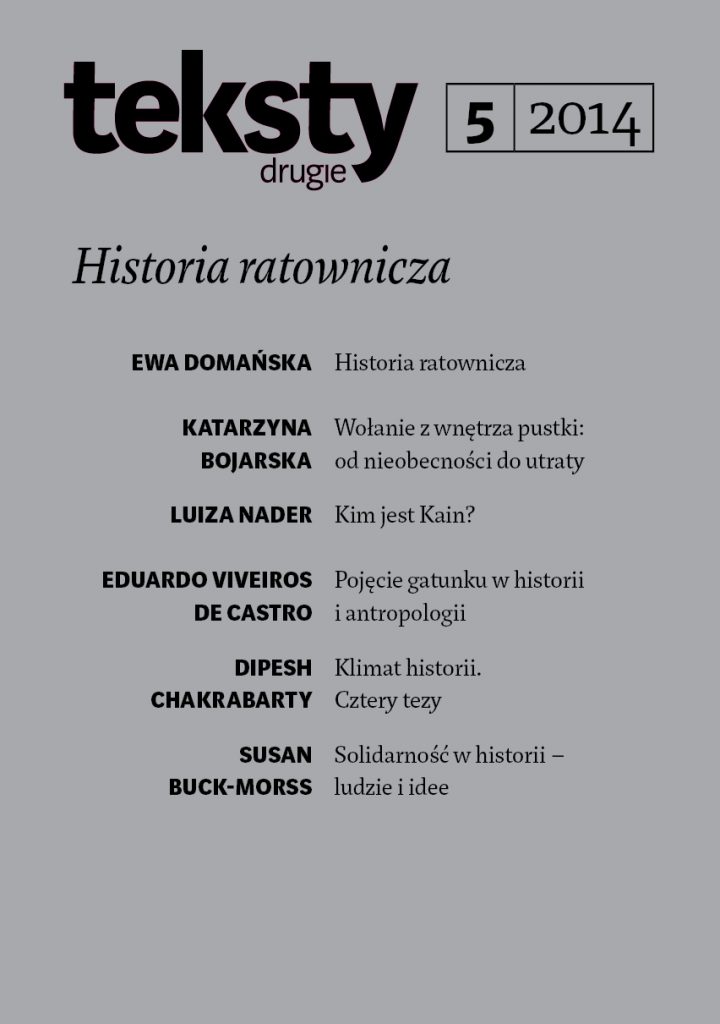
In this essay Chakrabarty engages with Paul J. Crutzen and Eugene F. Stoermer’s concept of the ‘anthropocene,’ proposed in 2000 to describe the geological epoch in which humans exist as the main geological force. Chakrabarty asks how fierce and irreversible climat change impacts our thinking about human history. Analysing the assumptions of classical historiography as well as current research on global warming, Charkabarty concludes that in the face of climate change it becomes necessary to supplement global histories of capital with a species history of humans. 76
More...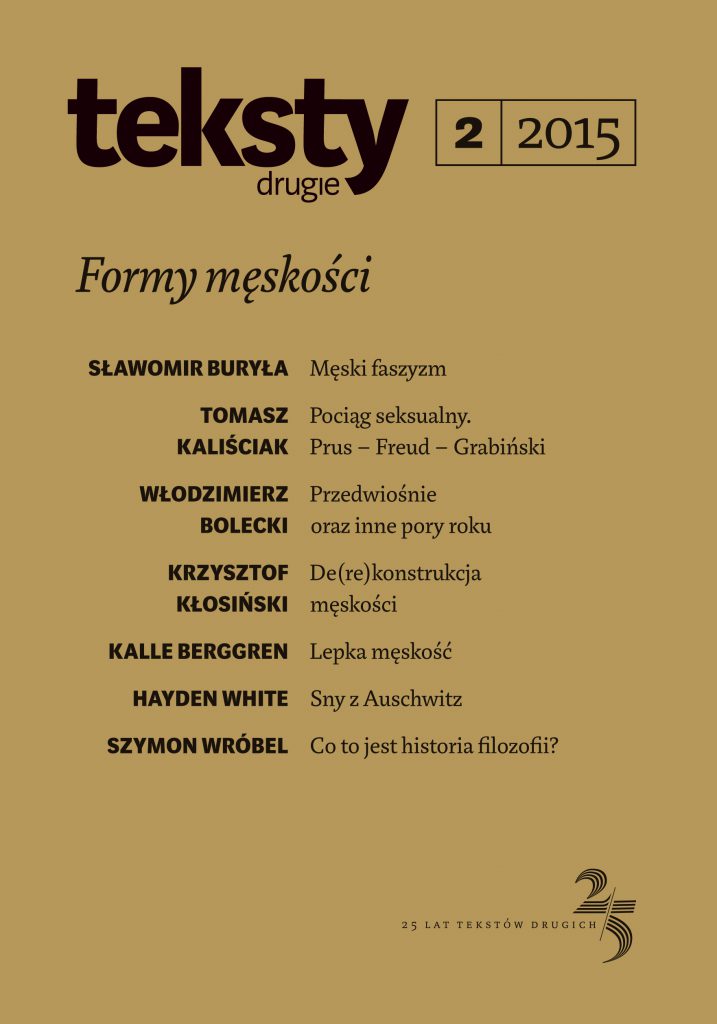
Keywords: gender; Dulska; Dulski; economy; petite bourgeoisie; class
This article examines gender construction in the main characters of Gabriela Zapolska’s tragic farce The Morality of Mrs. Dulska as well as her short story The Death of Felicjan Dulski. Focussing on the petit bourgeois Mr. Dulski and Mrs. Dulska, Kłosińska asks in what ways class, wealth and socio-cultural factors determine the processes of gender construction within the petite bourgeoisie and how they shape the characters’ mentalities..
More...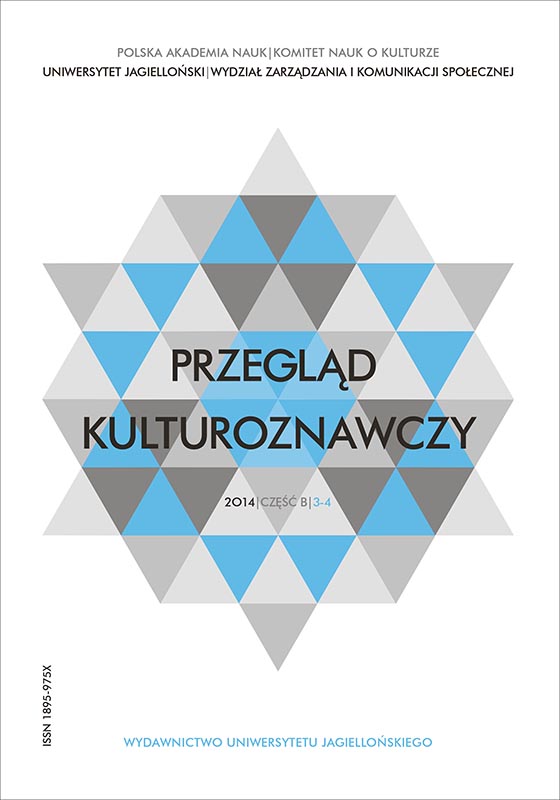
Keywords: women in cinema
Rozważania podjęte przez autorki tekstów zamieszczonych w niniejszym numerze „Przeglądu Kulturoznawczego” dotyczą różnorodnych zagadnień związanych z obecnością kobiet w kulturze wizualnej Galicji – fotograficznej i filmowej – zarówno jako jej kreatorek, jak i odbiorczyń. Wybór obszaru dawnego zaboru austriackiego podyktowany jest chęcią podjęcia lokalnych badań, ograniczonych do historycznego (i mitycznego) terenu o wyrazistej, choć niejednorodnej, tożsamości kulturowej wynikającej z politycznych, ekonomicznych, społecznych, ale i kulturowych uwarunkowań.
More...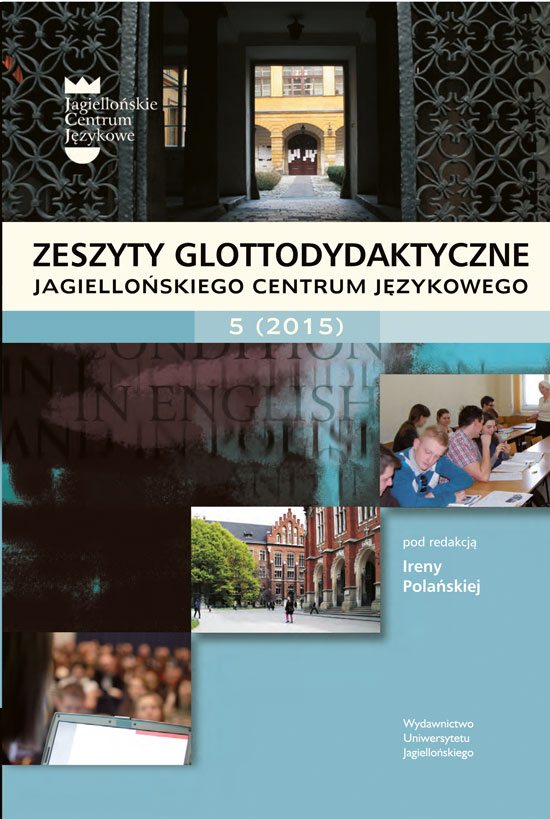
Zbiór ćwiczeń opatrzony wspólnym tytułem Great Poles of the 20th century jest adresowany do studentów uzupełniających studiów magisterskich studiujących kierunki humanistyczne. Przedstawione ćwiczenia mogą być wykorzystane do pracy z grupami studentów filologii, kulturoznawstwa, historii i innych pokrewnych kierunków.
More...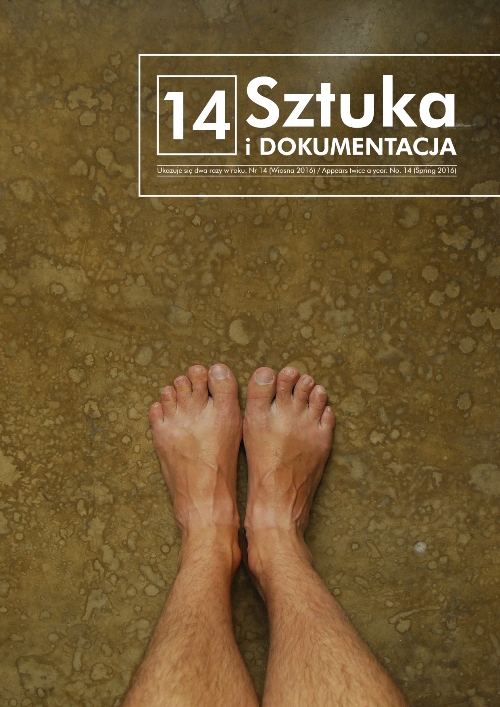
Keywords: Art and Documentation no 14; Performing Relations; General Bibliography
Performing Relations: General Bibliography
More...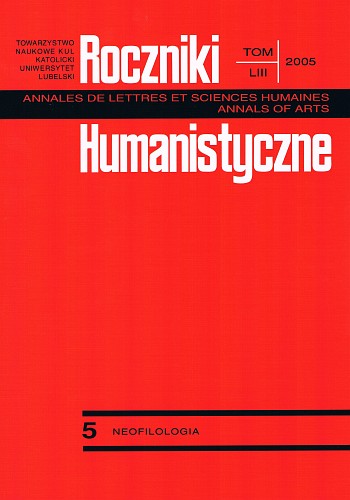
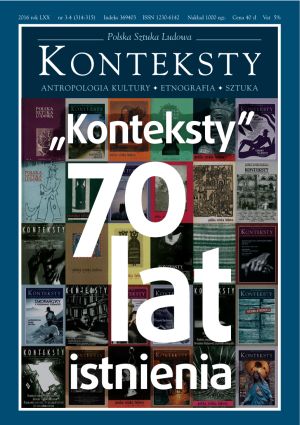
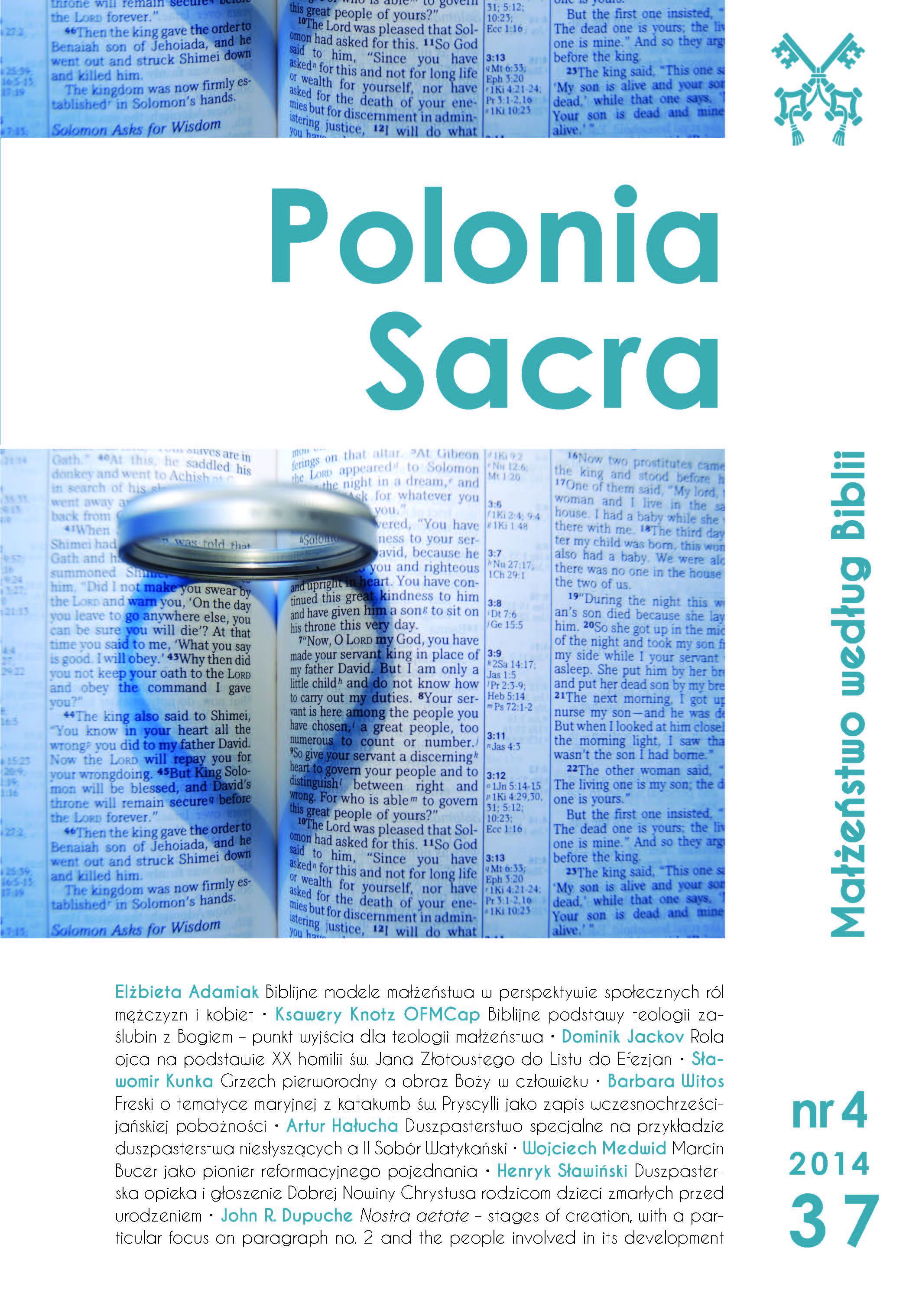
A Book Review
More...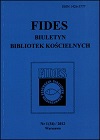
Trzydziestego września 2011 roku bibliotekarze z Wyższej Szkoły Humanitas w Sosnowcu zorganizowali bezpłatne warsztaty językowe pt. Bibliotekarz obywatelem świata. Było to kolejne z cyklu corocznych spotkań organizowanych przez bibliotekę. W latach ubiegłych na spotkaniach zajmowano się następującymi kwestiami: kształtowanie wizerunku bibliotekarza i biblioteki, public relations, marketing w działalności biblioteki, współpraca ze środowiskiem lokalnym, obraz biblioteki w mediach, promocja placówek z wykorzystaniem Internetu, komunikacja interpersonalna w bibliotece.
More...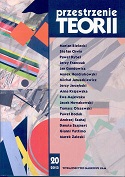
Keywords: Interpretation; constructivism; author's intent;
This essay is merely an additional commentary on the article entitled “Hirsch o interpretacji. Analiza krytyczna” (“Hirsch on interpretation. A critical analysis”). I do not focus here on Szahaj’s detailed objections to the concepts proposed by the author of Validity in Interpretation. I concentrate instead on the idea that forms the basis for such objections, i.e. radical, cultural interpretative constructivism. As a skeptical intentionalist, I cannot fully share his opinion and, therefore, I draw attention to views according to which the constructivist paradigm is becoming conventionalized and exhausted (especially in the humanities) and to the possible ways in which it can be overcome.
More...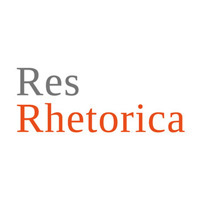
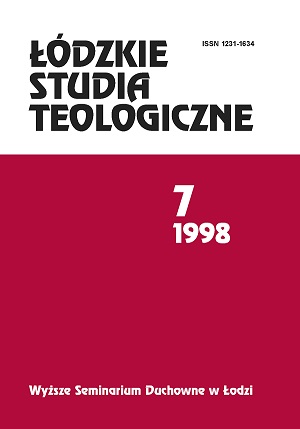
Keywords: Greek writings; virginity; Rome; homily; review;
The review of: Pierwsze pisma greckie o dziewictwie: Pseudo-Klemens Rzymski, Listy o dziewictwie; Metody z Olimpu, Uczta; Pseudo-Bazyli, Homilia o dziewictwie; wstęp i opracowanie: ks. Józef Naumowicz, przekład: Stanisław Kalinkowski, ks. Wojciech Kania, ks. Józef Naumowicz, Kraków 1997, ss. 300.
More...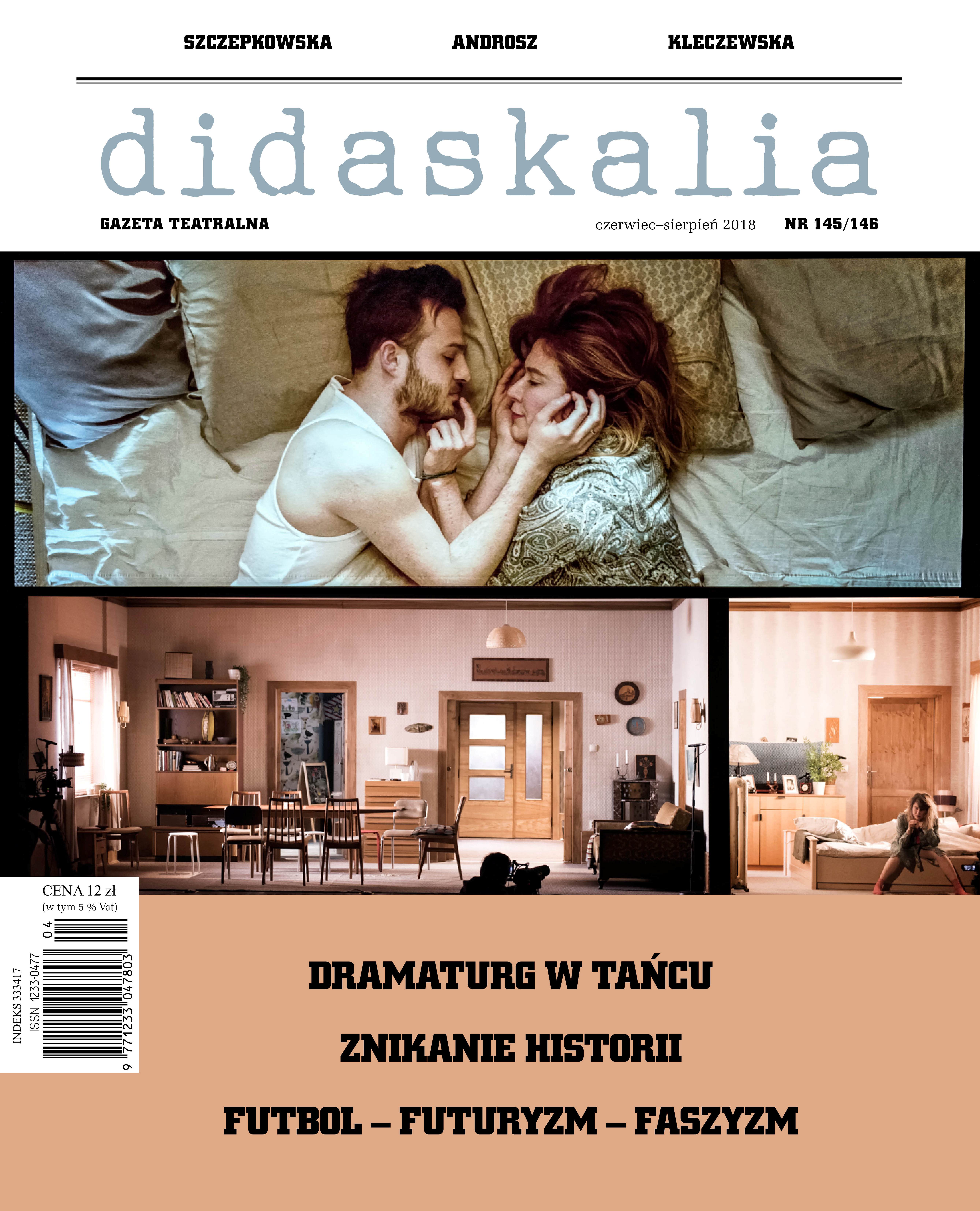
The critic reviews a book by Ewa Partyga, Ibsen Constellations: Exercises in Looking and Reading (2016), each of whose thirteen chapters suggests a different way of looking at the Norwegian’s work, its contexts and reception (from philosophical inspirations to affiliations with painting and photography, or contemporary literary connections and stagings). Despite the freedom and panache in these essays, the publication has a deeply conceived, expressive, and precise structure, which binds all the strands; the various chapters can be read in any order one pleases, uncovering intriguing connections between them.
More...![“A jednak oczyma / [m]oimi patrzycie...”. On Experiencing Art Through Experiencing Space](/api/image/getissuecoverimage?id=picture_2017_41046.jpg)
Keywords: afterimage; Jacek Dehnel; Julia Hartwig; picturesque; space; art
The paper discusses specific literary form of the cultural prefiguration of spatial perception – seeing landscapes and other spaces through the filter of one’s experience of art. In the examined texts by Jacek Dehnel’s and in Julia Hartwig’s poems spaces perceived by the subject are juxtaposed and correlated with the afterimages of masterpiece paintings or memorable and identifiable styles of various artists.
More...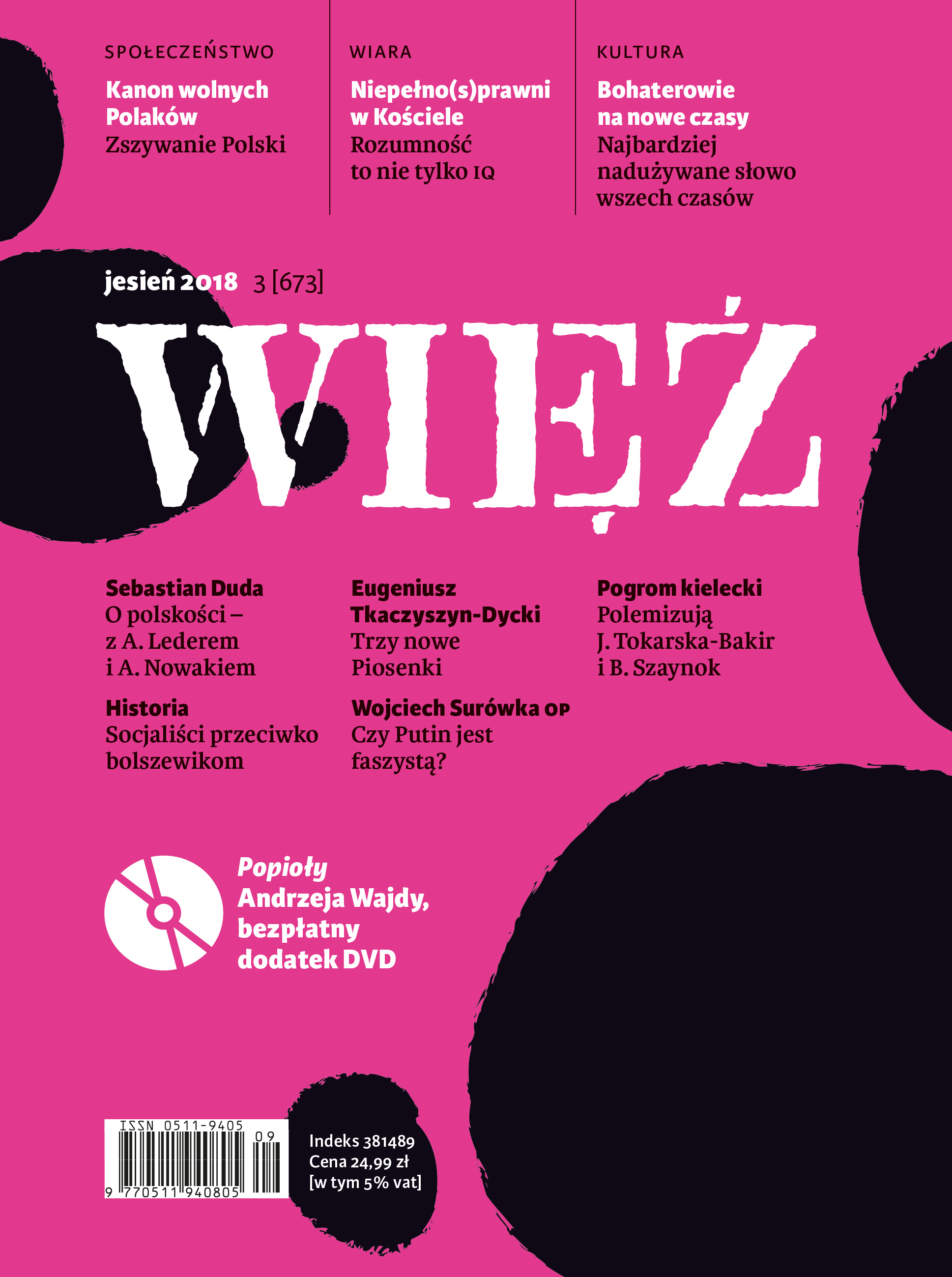
Keywords: Poland; history; 20th century; independence;
Ostatnie sto lat to nie tylko zrywy do walki o niepodległość. Warto tak czytać historię polskiej wolności, aby dostarczała wskazówek, jak obecnie żyć w wolnym kraju. Potrzebujemy wzorców na czas pokoju – i w naszej historii bez problemu znajdziemy ich dziesiątki.
More...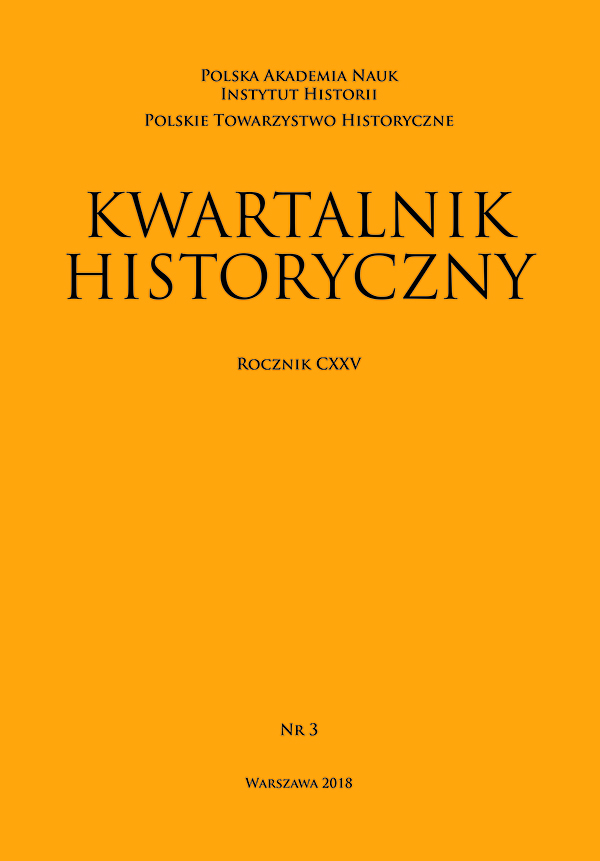
Keywords: Edward Potkowski
More...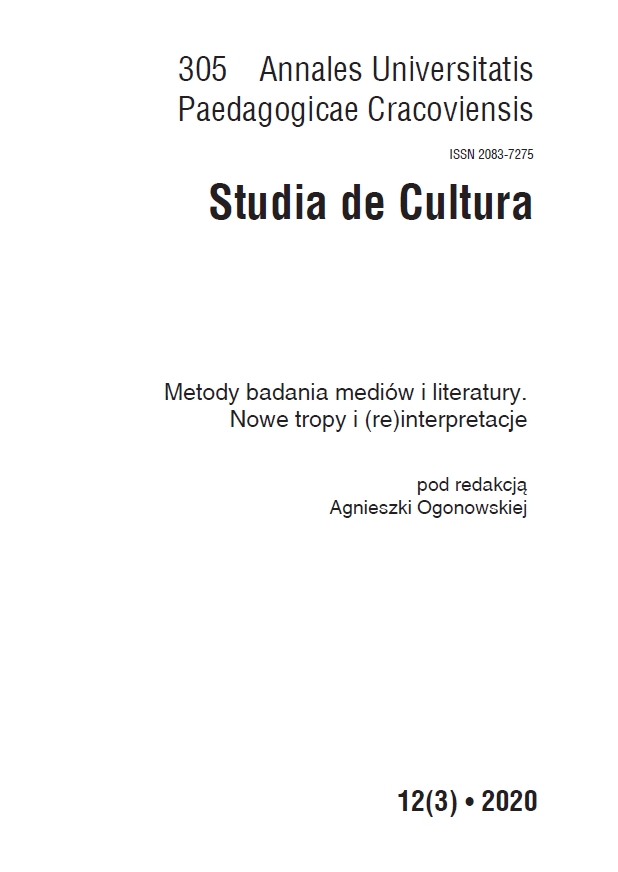
Keywords: comparative perspective in media; intermediality; convergence; the history of media; digital literature;
This paper is devoted to the description of the main assumptions behind the comparative approach in media. The author presents the possibility of adapting comparative methods to the analysis of multiaspectual links, which are currently developing between mediasphere and literature. It has also been demonstrated that the comparative perspective can successfully be implemented in research into the cultural history of press, intermedial and transmedial reportage projects, or digital literature. Moreover, new approaches and challenges of modern humanities in the era of interdisciplinarity have been indicated.
More...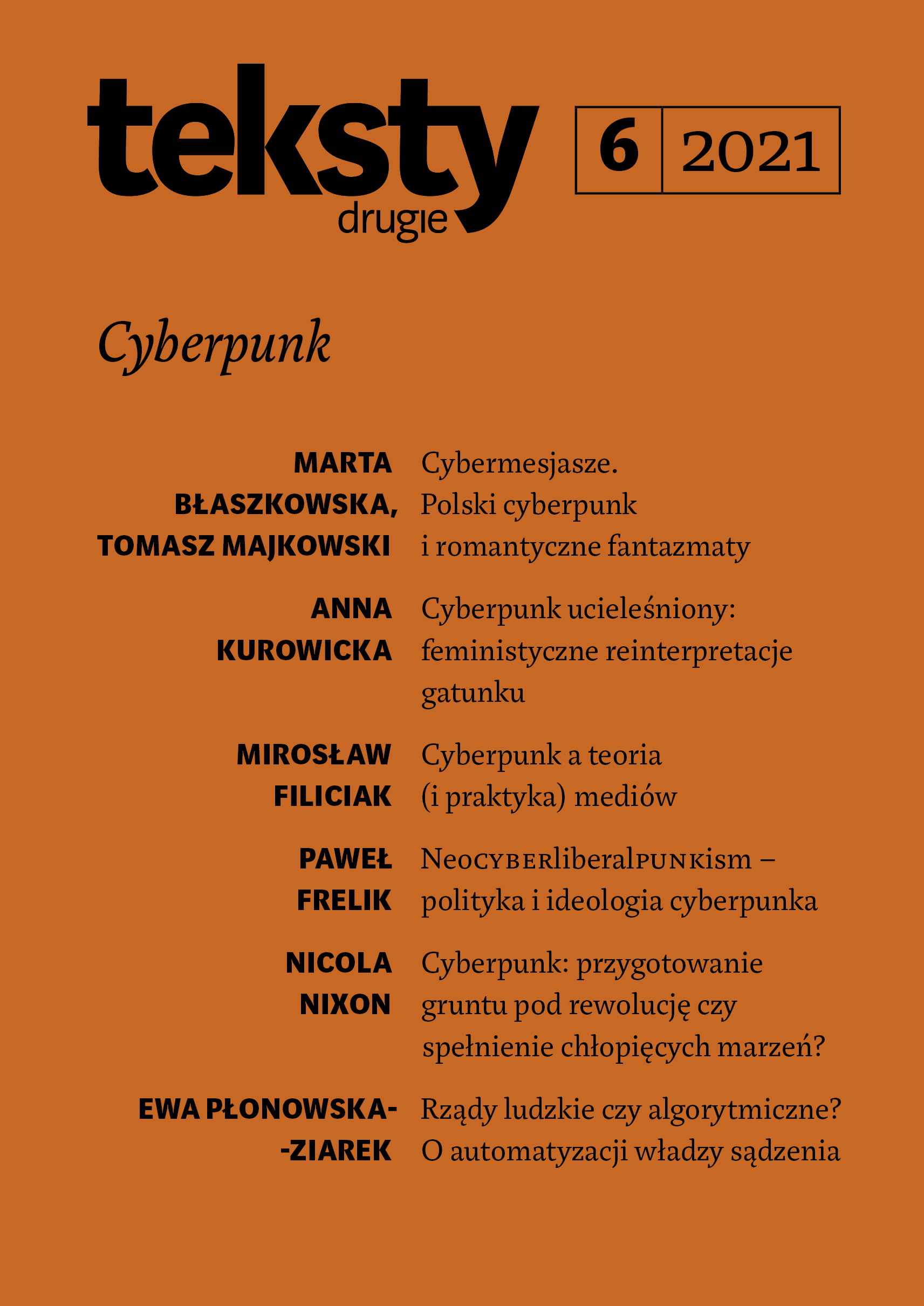
Keywords: cyberpunk; fashion; film; fashion studies; futurist imagination;
Guja explores cyberpunk codes in fashion, especially during their peak in the second halfof the 1990s and 2000s. Cyberpunk aesthetics even entered high fashion during one ofthe most remarkable moments in its history, when fashion shows turned into spectacleswith a defined narrative and a subversive message. Cyberpunk images were used bydesigners such as Jean-Paul Gaultier, Alexander McQueen, Thierry Mugler or HusseinChalayan. Guja presents this phenomenon as part of a broader discourse, treating fashionimages, following Caroline Evans, as spectres or ‘neurotic symptoms’ of cultural trauma.
More...